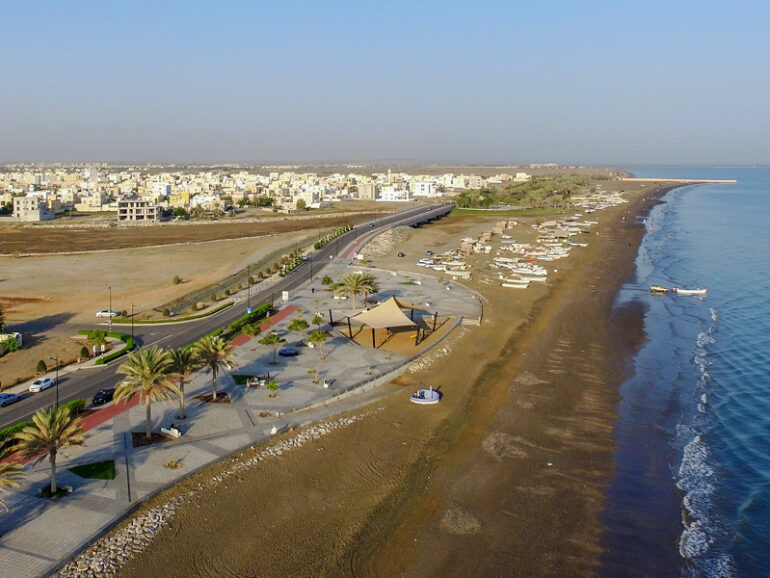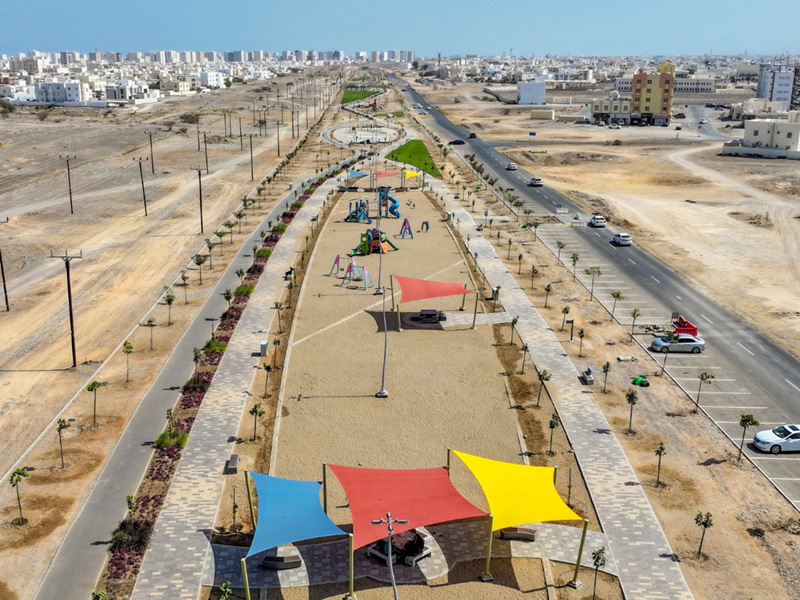 By M NAJMUZ ZAFAR
By M NAJMUZ ZAFAR
Muscat – A pioneering study by Sultan Qaboos University (SQU) has identified earthquake vulnerable hotspots in Seeb, Muscat and called for targeted retrofitting and stricter land-use policies to improve preparedness.
Led by Dr Abdullah Ansari, Research Professor at SQU’s Earthquake Monitoring Centre, the research classified Seeb into five risk zones based on seismic, geotechnical, physical, structural, environmental and social factors. Al Hail North and Old Al Khoud were found to be among the most at risk, while Mabelah showed signs of resilience.
Rusayl Industrial Estate emerged as critically vulnerable due to clustering of industrial facilities and fuel stations near densely populated neighbourhoods, amplifying hazard exposure. “Our results show that areas with older buildings and industrial activity face the greatest risk. Retrofitting and stricter planning rules are urgently needed,” Ansari said.
The study revealed that more than half the buildings in Mawaleh, Al Hail and Al Khoud could sustain moderate damage in the event of a strong quake, while up to 40% structures in Rusayl face extensive damage. In contrast, Muscat Hills and Al Mouj recorded the lowest vulnerability, with modern construction helping limit potential damage.
Researchers recommended urgent upgrades to land-use policies in high-risk urban centres, along with targeted retrofitting of older structures to reduce vulnerability. They also called for raising public awareness and incorporating risk data into long-term planning.
“This is the first comprehensive multi-criteria decision making-based earthquake risk assessment of its kind in the Arabian region. It provides policymakers and planners practical tools to make risk-informed decisions in line with Oman Vision 2040,” Ansari said.

Conducted with international partners from Norway, South Korea, Saudi Arabia and Australia, the study stressed that earthquake preparedness must become an integral part of urban development.
The study contributes to Oman’s sustainable development goals by offering a risk-informed framework to support resilient urban planning in rapidly growing cities such as Sultan Haitham City and Yiti City. It aligns with the United Nations’ Sustainable Development Goal 11 on building resilient cities.
By integrating such data-driven insights into planning and construction policies, the researchers believe Oman can enhance disaster resilience, reduce financial risks and safeguard communities. The framework developed can also be applied to other rapidly growing Omani cities such as Duqm, Salalah and Suhar, helping integrate disaster risk reduction into major infrastructure projects, the study stated.
Earthquake Risk Hotspots in Seeb
Al Hail North
Moderate to high vulnerability due to old, non-engineered houses
Recommendation – Retrofit housing and improve building codes
Old Al Khoud
Ageing infrastructure
Recommendation – Upgrade lifeline services, enforce maintenance of older buildings
Rusayl Industrial Estate
Hazard exposure from clustered industrial units
Recommendation – Conduct industrial safety audits, strengthen emergency response
Mabelah
Informal settlements but relatively better resilience
Recommendation – Focus on community-based preparedness and awareness
Muscat Hills
Low vulnerability, planned urban growth
Recommendation – Maintain hillside stability and monitor development
© 2021 Apex Press and Publishing. All Rights Reserved. Powered by Mesdac